English town names are another good exercise in reading and understanding the structure of katakana. As katakana is sound-based syllables rarely match. By the way, even students of English have to remember how to spell English town names.
In alphabetical order:
This name is a good example of where Japanese follows the sound pattern and not the meaning/syllable pattern. In English “the ham of Birming” – in Japanese ‘the gamu of baamin”. Yet the end pronunciation in both languages is not dissimilar. Other examples will follow.








This name is another good example of where Japanese follows the sound pattern and not the meaning/syllable pattern. In English “the ham of Chelten” – in Japanese ‘the namu of cheruto”. Yet the end pronunciation in both languages is again not dissimilar.
In English “the ham of Dur” – in Japanese ‘the ramu of da”.
The classic English pain: the cester of Lei. See Worcester too.
It is believed the name “Leicester” is derived from the words castra (camp) of the Ligore, meaning dwellers on the ‘River Legro’ (an early name for the River Soar). In the early 10th century it was recorded as Ligeraceaster = “the town of the Ligor people”. The Domesday Book later recorded it as Ledecestre. (from Wikipedia)
This name is also a good example of where Japanese follows the sound pattern and not the meaning/syllable pattern. In English “the hampton of the north” – in Japanese ‘the samputon of no”. Again the end pronunciation in both languages is not dissimilar. In other words, Japanese is not concerned with the meaning of the words, only the pronunciation.
In English “the wich of Nor” – in Japanese ‘the rijji of no”.
In English “the ham of Notting” – in Japanese ‘the gamu of nottin”.
In English “the ham of Rother” – in Japanese ‘the ramu of roza”.
In English “the borough of Scar” – in Japanese ‘the bara of sukaa”. English has three silent letters (= ugh).
In English “the field of Shef” – in Japanese ‘the fiirudo of she”.
In English “the hampton of the South” – in Japanese ‘the sanputon of sou”.
The d has gone out of Wind.
Even English is confused here in its pronunciation. Like Leicester, we just have to remember this one. If you want to start an interesting conversation with a Japanese visitor, place a bottle of Worcestershire-sauce on the table. Don’t worry too much, when in Japan your hosts will also have that Japanese kanji jar on their table. Never a dull moment.
Even in English “the mouth of the river Yar” has gone and become the muth of the Yar – in Japanese ‘the masu of ya”.
When one compares English and Japanese like this it seems somewhat amusing. But actually, Japanese is very practical in this matter. Write it the way it sounds.
Academic linguists use phonetics for this (Aha! Katakana is phonetic!), but if you think like youngsters on a modern footing one could say “Katakana is like texting“: Gr8!
For the clever ones among you: why do we have to ‘eat’ for it to be ‘wonderful’ ?! (Great – get it?!)
Anyway, enough said. What seems so simple in katakana, becomes so difficult later in kanji, where one needs to remember just as many words as well. Welcome to language: simple but complicated.
(all pictures from Wikipedia for educational purposes)










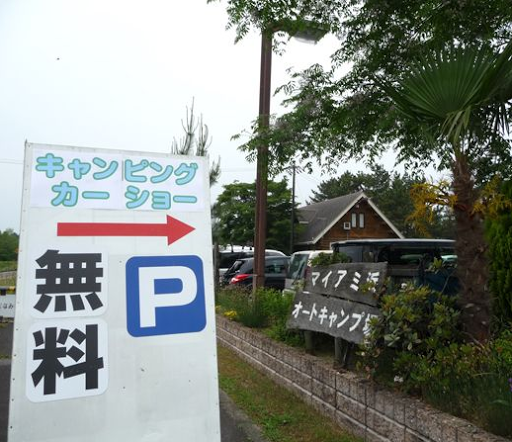
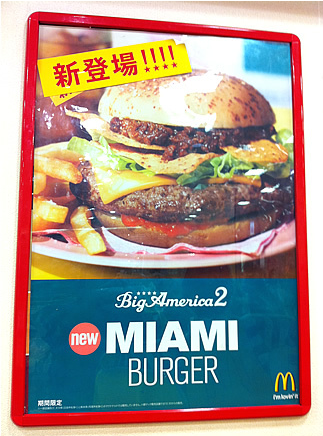
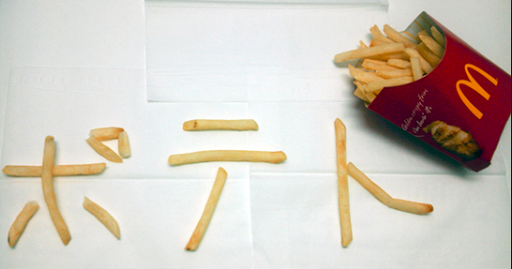
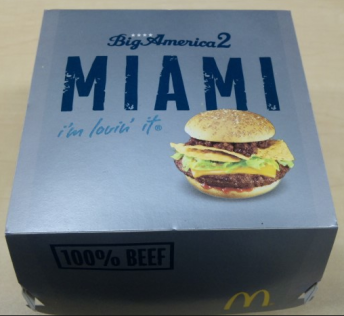
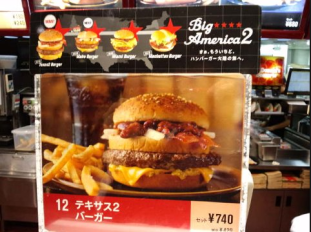
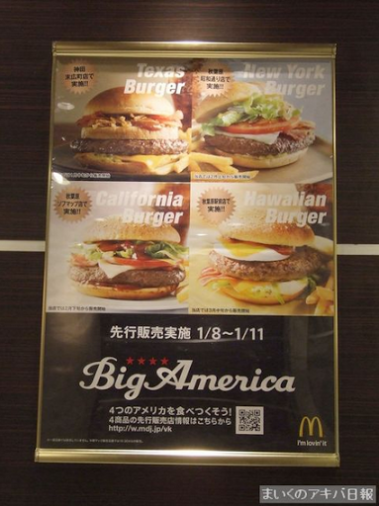
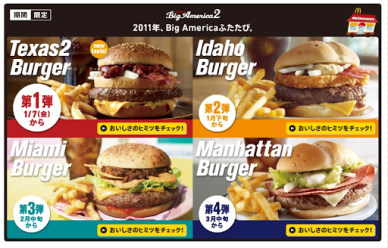
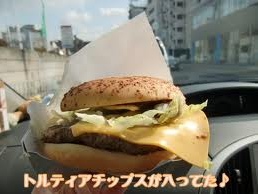
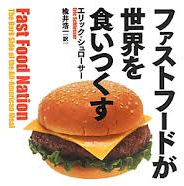
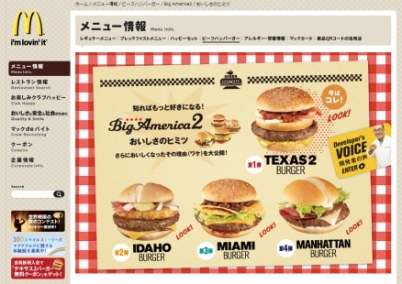




































































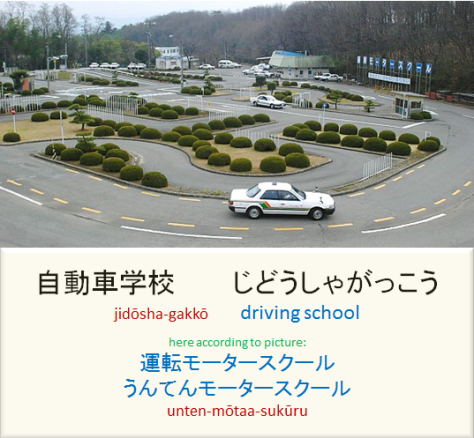


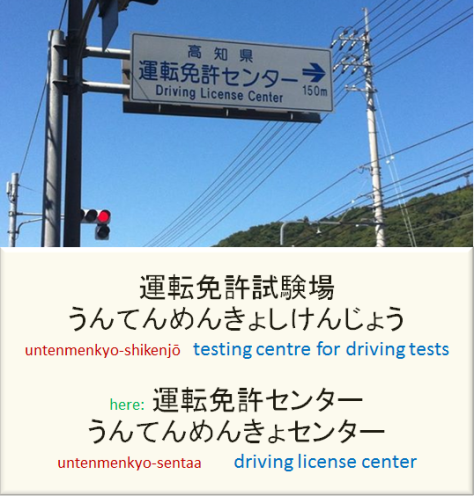














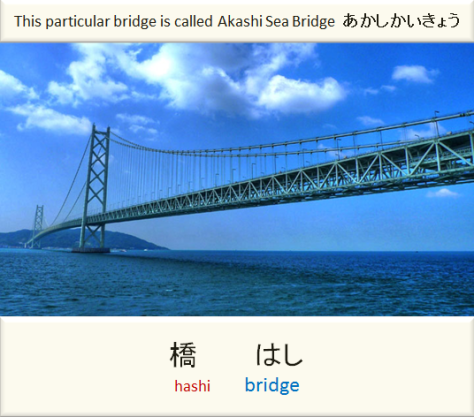
































































































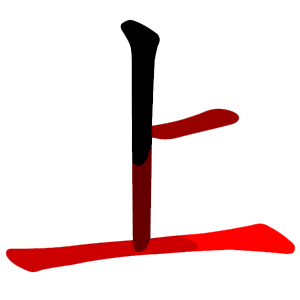





































You must be logged in to post a comment.